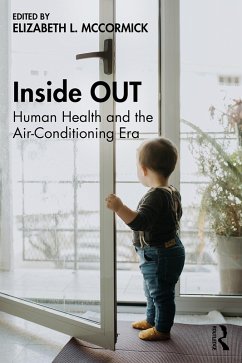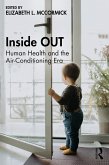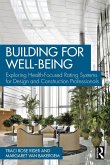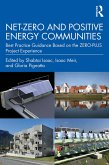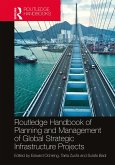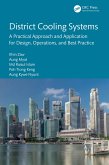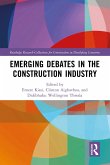Over the 20th century, advances in mechanical conditioning technologies led to the dispersion and international dominance of the sealed building envelope, which casually and progressively disconnected buildings and their occupants from local climatic, biological, and cultural environments. At the same time, humans were increasingly pushed indoors by less tangible, socially constructed forces that associated climate control with cleanliness, health, social status, and modernization.
In this volume, a multi-disciplinary group of experts on the indoor microbiome from the fields of biology, anthropology, and architecture come together to thoughtfully reflect on the history, properties, and meaning of indoor air quality in buildings, and to discuss the future of human habitation - with a dominant focus on human health in a post-pandemic world. Taking a human-first approach to health and sustainability, the authors weave together a compelling analysis of social and technological drivers of conditioned space with arguments for future interventions in the built environment.
Amid growing awareness of air quality and climate concerns, Inside OUT provides a timely discussion of the relationship between building design and human health, of relevance to professional and academic readers from across the spectrum of the building industry, as well as fields including public health and environmental studies.
Dieser Download kann aus rechtlichen Gründen nur mit Rechnungsadresse in A, B, BG, CY, CZ, D, DK, EW, E, FIN, F, GR, HR, H, IRL, I, LT, L, LR, M, NL, PL, P, R, S, SLO, SK ausgeliefert werden.

